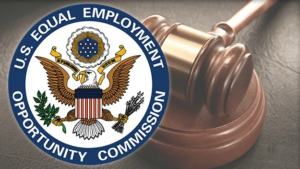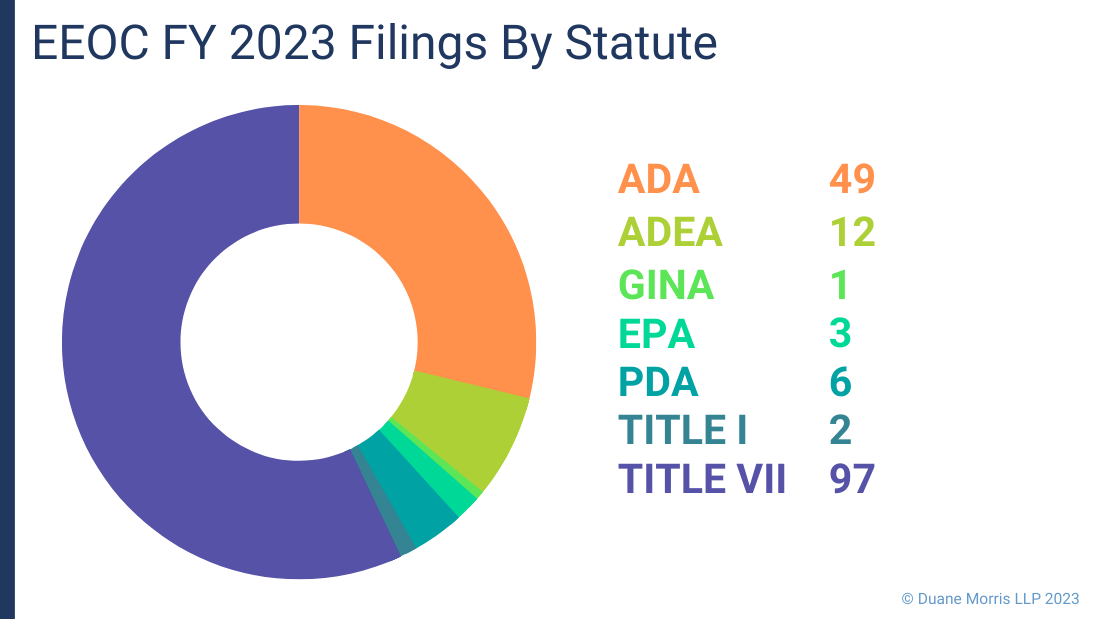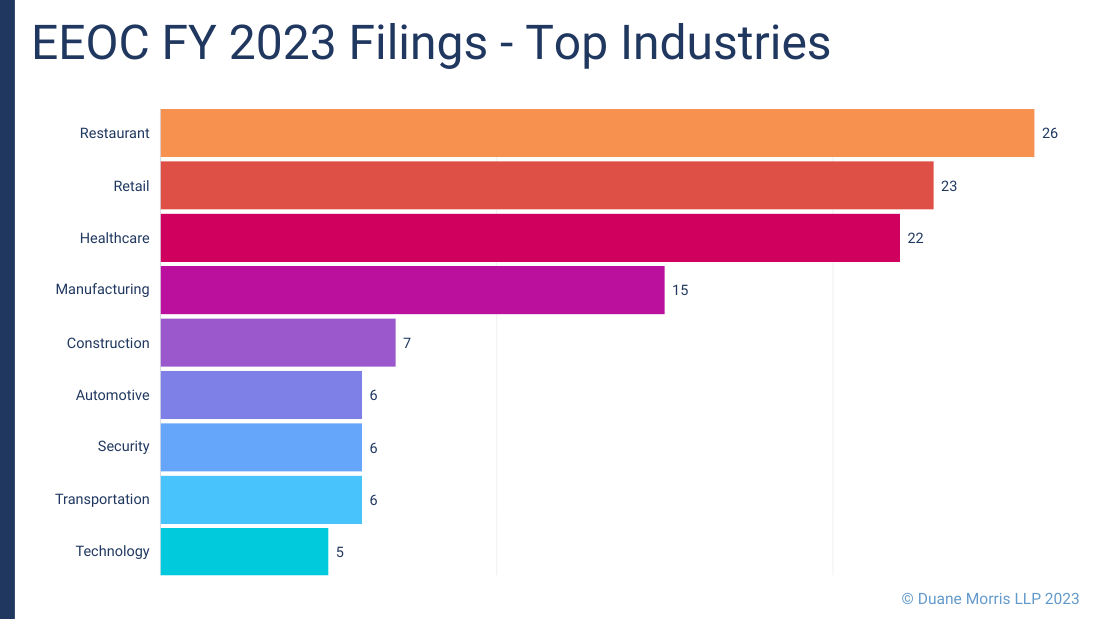 By Gerald L. Maatman, Jr., Brittany M. Wunderlich, and Christian J. Palacios
By Gerald L. Maatman, Jr., Brittany M. Wunderlich, and Christian J. Palacios
Duane Morris Takeaways: In EEOC v. Drivers Management, LLC et al., Case No. 8:18-CV-462 (D. Neb. Jan. 10, 2024), U.S. District Judge John M. Gerrard rejected the EEOC’s proposed injunctive relief — ordering the company to comply with the Americans with Disabilities Act (the “ADA”) — and instead ordered defendants to report to the EEOC all job applications it receives from deaf truck drivers and whether the applicants are hired, among other information, on a semi-annual basis over a three-year period. This case illustrates how federal judges may use their discretion to fashion case-specific injunctive relief designed to prevent similar discrimination in the future.
Background
Victor Robinson, a deaf commercial truck driver, applied to work for Drivers Management, LLC and Werner Enterprises, Inc. (collectively, “Werner”) in January of 2016. He was denied employment, despite having a commercial driver’s license and an exemption for his hearing disability from the Federal Motor Carrier Safety Administration (the “FMCSA”), the federal agency responsible for regulating and providing safety oversight to commercial motor vehicles. The EEOC subsequently brought an enforcement lawsuit on the grounds that Werner discriminated against Robinson on the basis of his deafness.
The Jury Trial
Werner claimed that it rejected Robinson’s application for employment because it could not train inexperienced deaf drivers, like Robinson. Despite the federal government’s approval and despite evidence that other trucking companies were able to train deaf drivers, Werner argued that Robinson, and other FMCSA hearing exemption holders, could not complete Werner’s training program, which required drivers with less than 6 months of experience to drive alongside a trainer on a real over-the-road trucking route, due to safety concerns. Id. at 2.
In September 2023, the jury returned a verdict in favor of the EEOC after a trial. The jury rejected Werner’s position finding that Robison was qualified and could have performed the essential functions of the job, if provided with a reasonable accommodation. Id. at 3. The jury also determined that Werner acted with malice or reckless indifference towards Robinson’s right not to be discriminated against on the basis of his deafness, and awarded substantial damages intended to punish Werner for its misconduct. Id.
The Court’s Order
In the Court’s Order, Judge Gerrard considered whether the EEOC’s requested injunctive relief was sufficient. In doing so, the Court concluded that the EEOC’s request for an order that the defendants to end their discriminatory practices, provide reasonable accommodations to workers, and train employees on the ADA, did little more than “order Werner to obey the law.” Id. at 11. Rather, the Court observed, “the scope of injunctive relief against continued discrimination should be designed to prevent similar misconduct, and must be related to the violation with which the defendants were originally charged.” Id. Accordingly, the Court imposed semi-annual recording and reporting requirements on Werner (and its subsidiaries), requiring that they keep records of every hearing-impaired applicant that applied for an over-the-road truck driving position, the date of the application, whether the applicant was hired, when the employment decision was communicated to the applicant, the basis for declining to hire the applicant, and whether the applicant remained employed with Werner for six months and, if not, the reason for the separation. The reporting obligation was imposed for a term of three years, after which the Court would convene a hearing to determine whether Werner complied with the order, and whether the injunction should be modified, extended, or terminated.
Implications For Employers
As this decision illustrates, federal judges have a wide degree of discretion to modify the relief sought by the EEOC, specifically with respect to injunctive relief. If a judge does not believe that the requested injunctive relief effectively prevents future discriminatory conduct, that judge is free to require the defendant employer comply with additional requirements, up-to and including mandatory reporting obligations to the EEOC.












